Ankeny students remember their love for reading starting in elementary school, but they might not have realized some of their peers were struggling in the very thing they enjoyed. At some Ankeny elementary schools, only 55.1 percent of students were proficient in literacy this past spring, according to 2023 Fastbridge data.
Currently, the literacy curriculum is under review to make sure it is meeting Iowa Core standards and is up to date with what scientific research says is the most effective method of instruction. This review is supported by school board representative Katie Claeys.
“This particular elementary school in the spring still only had 57 percent of their kids on grade level,” Ankeny School Board member Katie Claeys said. “Here’s a different elementary school that started at 33 percent and ended at 55 percent. In second grade we only had 57 percent proficiency and in third grade, we’re still below 70 percent.”
These numbers may be shocking because when analyzing data, the district strives for 80 percent proficiency as a minimum, and in kindergarten through third grade literacy, that is not the case, according to Ankeny school district data from the spring of 2023.
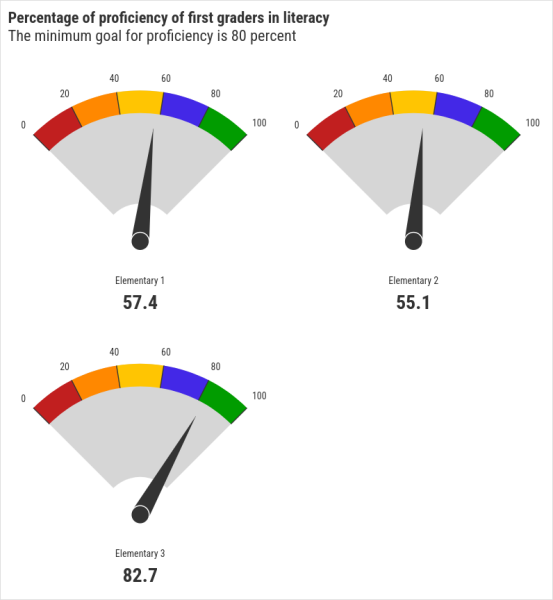
Although Ankeny does have a few, “elementary schools over 90 percent, we certainly have some elementary schools well below 80 percent,” Claeys said. “The narrative is everything is great in Ankeny, but that may not be true in every facility and for every kid.”
Overall, Ankeny as a district has 82 percent of students scoring in proficiency on the FastBridge reading assessments (earlyReading, CBMreading, areading), but when it is broken down by school and student demographics, that number changes.
“You can see especially for our Hispanic and our Black students that they are falling well below where the district is as a whole,” Claeys said. “We don’t want to see any particular demographic group being lower than the whole…So I’m left to believe that what we’re delivering in our instruction to all kids is not sufficiently meeting the needs of all of our kids.”
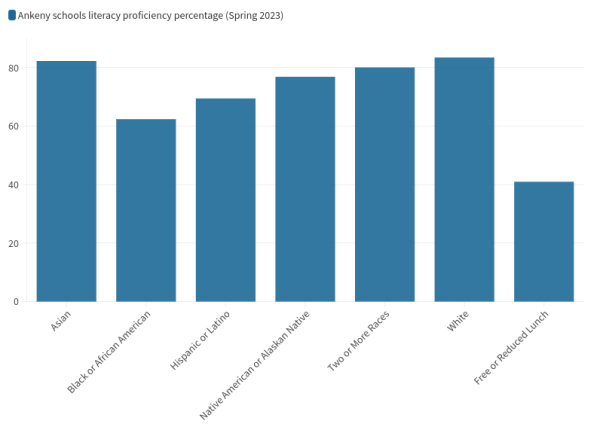
Ankeny is a growing city that has growing demographics and is learning how to support their approximately, 12,600 students. One of the ways they are supporting their incoming students is by further developing the English as a Second Language program (ESL).
“They’ve just started providing [ESL] teachers at every building so that way [students] can stay at their home school, which is so important for them to be with their neighborhood friends,” Prairie Trail kindergarten teacher Jen Blavanz said. “A big change for English language learners because a lot of them would sign the paperwork saying that they don’t want the [ESL] services because they want to be with their neighborhood friends.”
In addition, Ankeny has also begun a new reading curriculum this year from the University of Florida Literacy Institute (UFLI). UFLI is primarily based on the science of reading, which is scientific research on how students learn to read.
“Our big focus now is phonemic awareness. We spend a lot of time on that, so how they hear the words,” Balvanz said. “I pair [letter sounds] with movements, so I think that just kinesthetic movements help them stick in their brain. Also, good visuals and music help them too.”
Phonics is a method of teaching that correlates sounds with letters, like knowing that A makes the “ah” sound. And sometimes when people think of phonemic awareness and learning reading through phonics, they only associate it with students who struggle with reading, but research proves that is not the case.
“What we know about reading is that about 40 percent of kids can learn to read, maybe, without phonics instruction, but the majority of kids need systematic explicit phonics instruction,” Claeys said. “It isn’t just learning basic words, but as you read more complex texts, as you get into reading parts of the Declaration of Independence or your chemistry textbook, or your anatomy textbook, you have to have the skill set to understand all those words and be able to break those words down.”
Literacy is involved in almost all parts of school and life. Many students struggle if they are not provided the toolset to be able to read fluently. Even in second grade students are using their literacy skills in other subjects.

“Next week our lessons are all focused on finding the main idea, which goes right with science and social studies,” Crocker second grade teacher Katie Black said.
To be able to get to the point where young students can focus on more comprehension they need to have good fluency skills, so when they are reading they can take in the information instead of trying to figure out what the word is, which can disrupt comprehension.
Students may remember having to read a short text to find out their words per minute. “[This] can show [teachers] how automatic they are with those types of second grade words. And obviously, if they’re having trouble decoding a lot of those, then it shows us kind of where we might need to start and look further,” Black said. “Or if they’re reading way beyond the benchmark that kind of shows me, okay they’ve got this. So now I can really dive deeper into more comprehension.”
To students, a fluency test may not seem like the most fun, but it is just one way teachers can determine where students need help. A fluency test acts as a screener, and then to help focus on the area of struggle there are observations and diagnostic assessments. Furthermore, to help students who are struggling, Ankeny has a multi-tiered system of support (MTSS). One of these supports is evidence-based intervention.
At the elementary level this evidence-based intervention is called “WIN[What I Need].”
“Where they go from different classrooms to work on different skills, so for example my group is focusing on onset, focusing on knowing the first sounds they hear in words, and once they master that skill, we’ll move on to other things too,” Blavanz said.
At the high school level the intervention time is called “Hawk Time.” This is a time out of the school day when students can schedule themselves to an area where they may need a little help, or teachers can schedule students with whom they have noticed might need some extra support.
“We have to keep kids in their grade level content, but also provide time during the day to give them direct instruction in those skills that they’re missing,” Claeys said.
Overall, early literacy provides a space for fundamental reading and writing skills to be developed, so that in the following years teachers can add more complex ideas. Without it, students can not fully comprehend the information they are given.
“If we leave holes or gaps now then they have to be filled in even in third grade, and you can see that later. I’ve noticed that especially when we went through the COVID experience and not being at school five days a week,” Balvanz said. “Some of those kids that are older now probably missed some things that are holes to still be filled when they’re now even third graders and fourth graders.”
UFLI and evidence-based intervention will work to fill these gaps to help all students achieve their goals. Furthermore, school is there to prepare students for their future lives and give them a strong skillset to be successful.
“I’m not on this [school] board because I have a belief that most is good enough. I’m on this board because I think every single kid deserves that so they can contribute to our community once they graduate in a way that is most meaningful to them,” Claeys said. “I want us to do everything we can because I’ve seen kids who we think can’t be successful flourish when we put the right environment in place and when we use the right tools.”
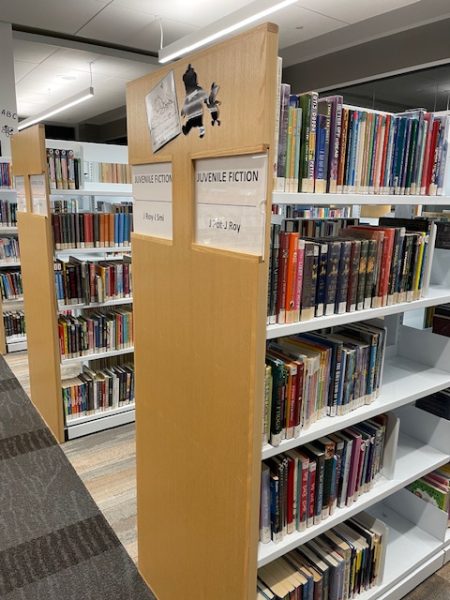



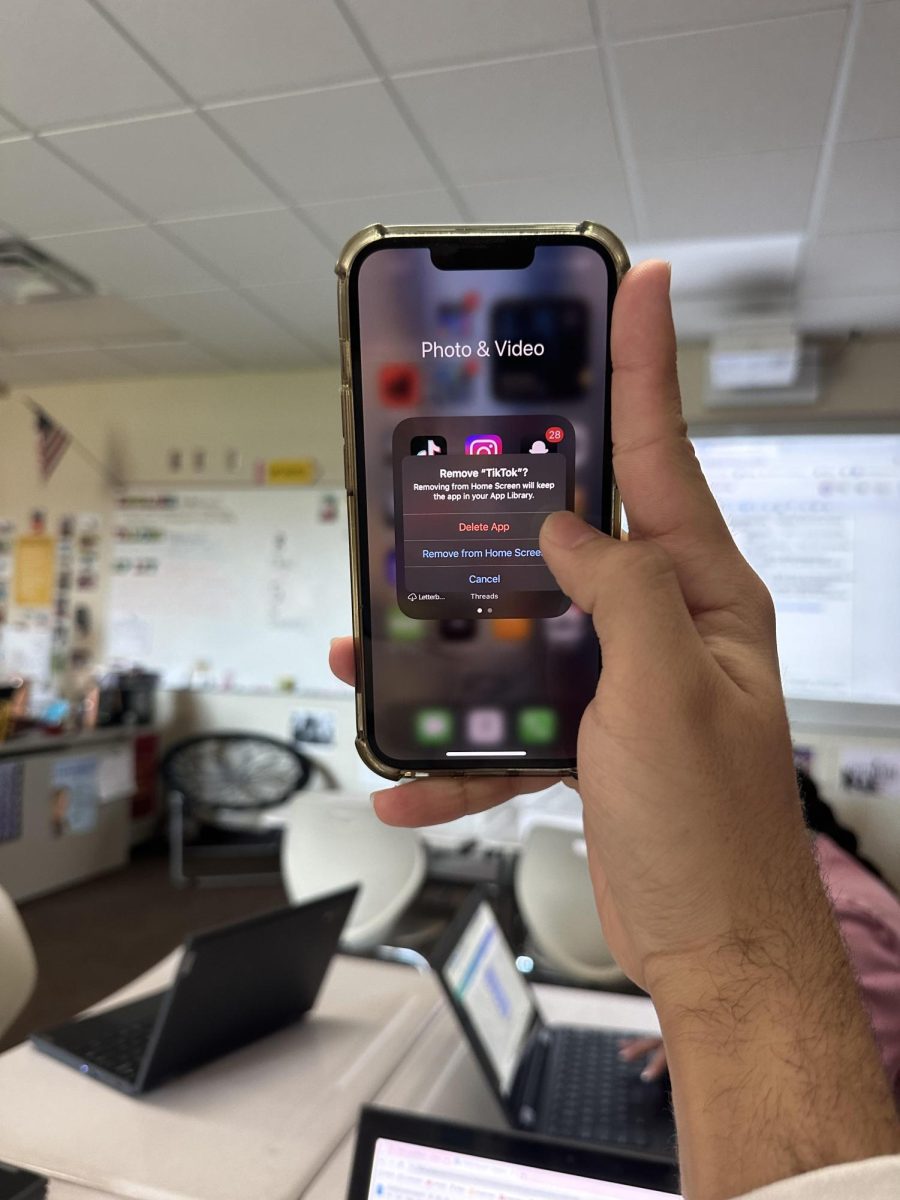


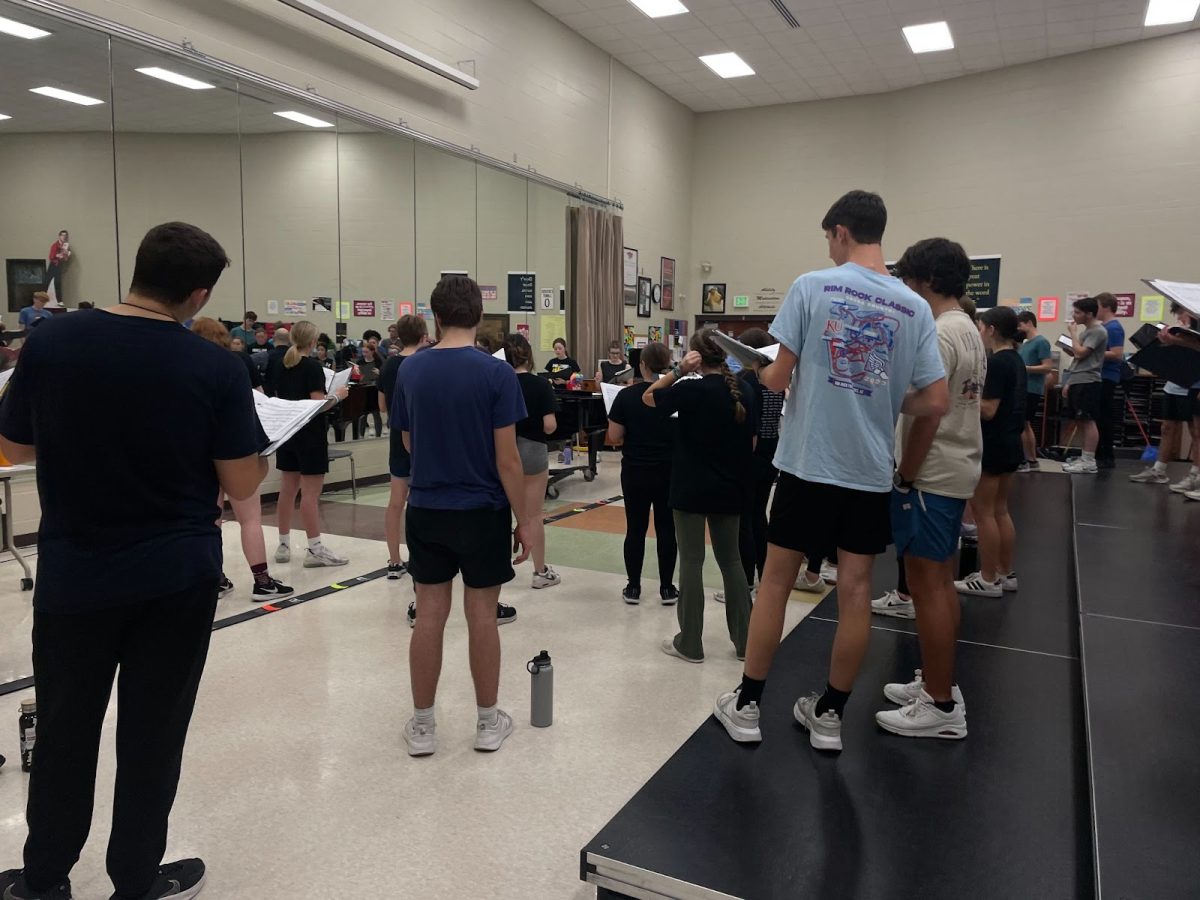





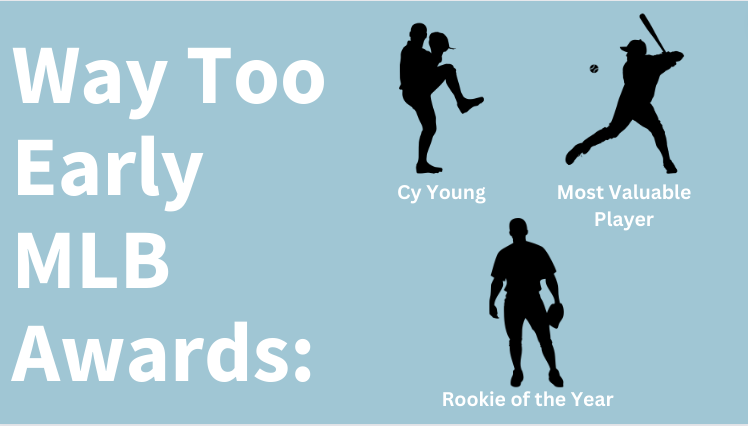


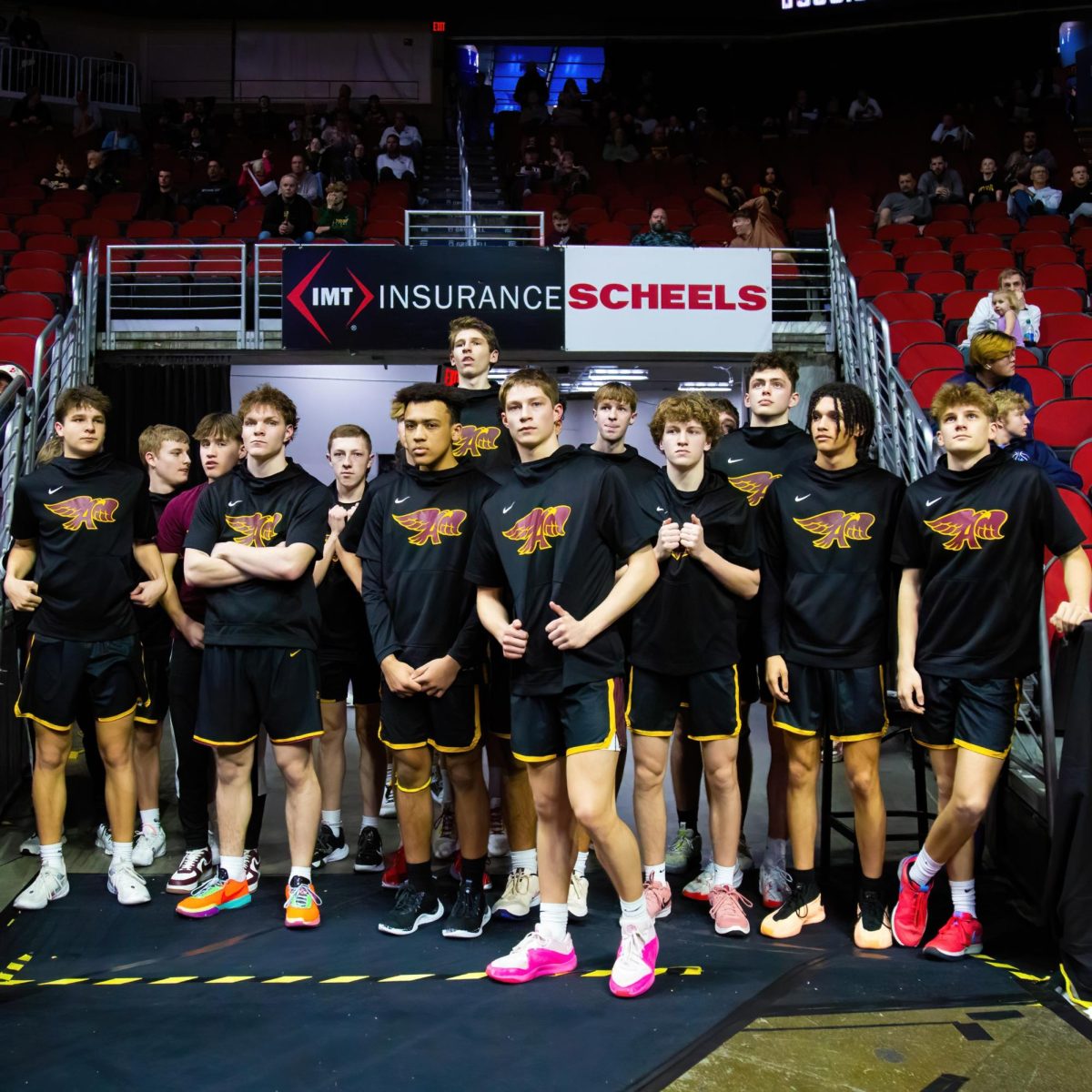


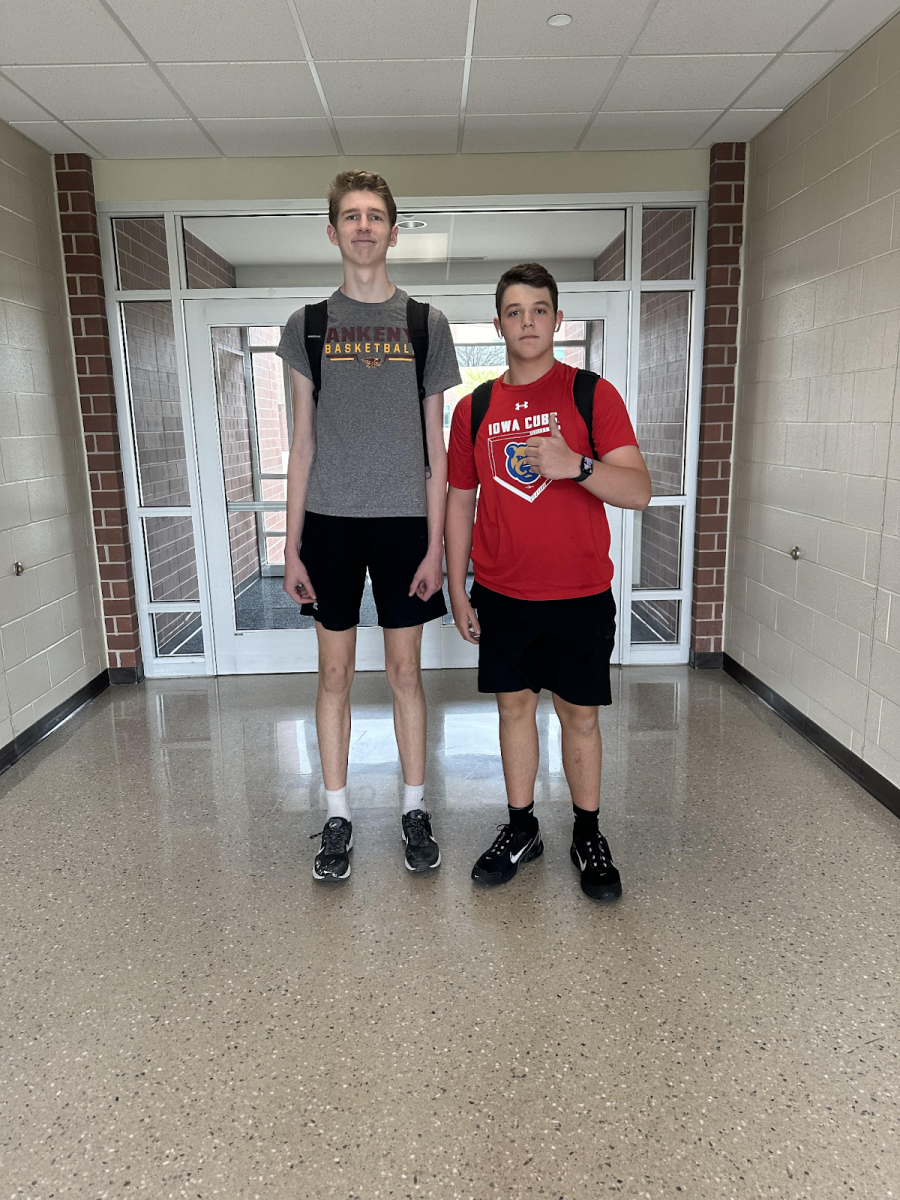

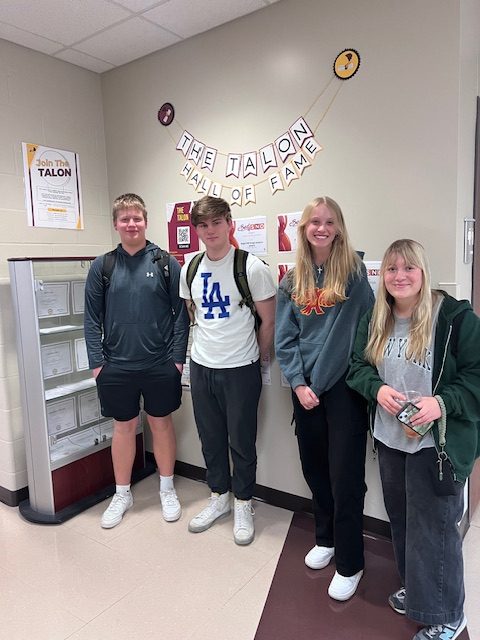


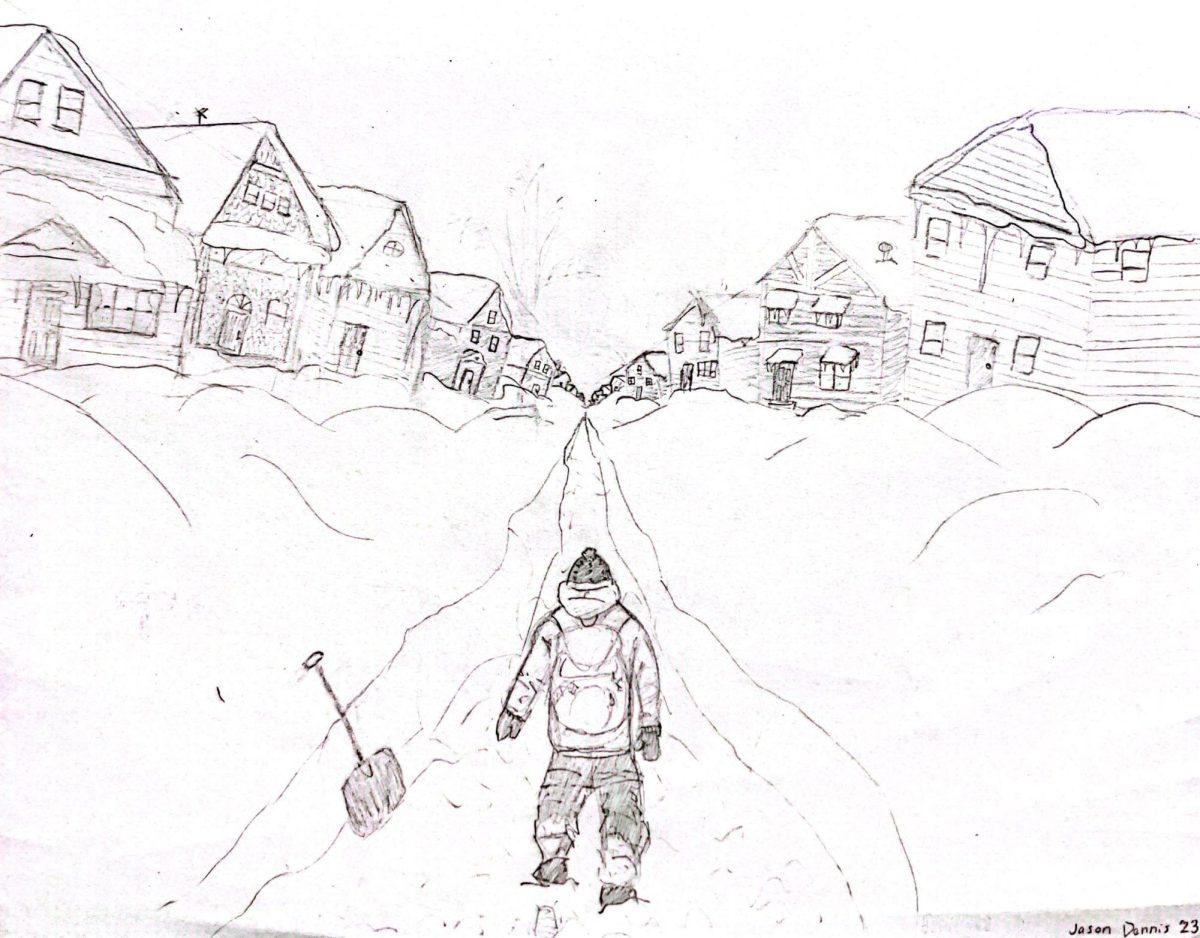


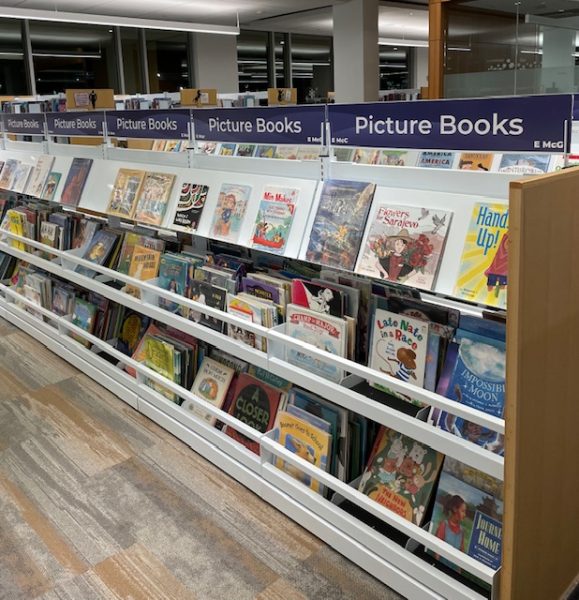


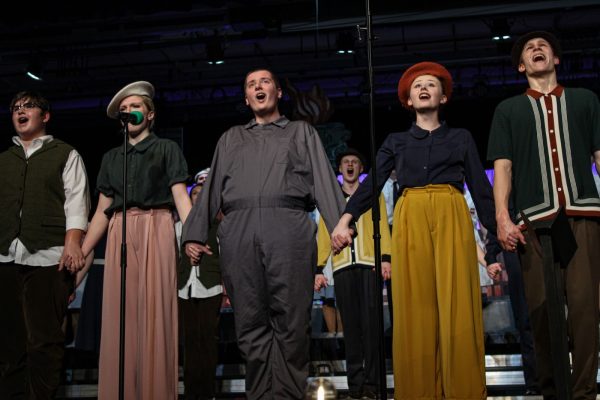
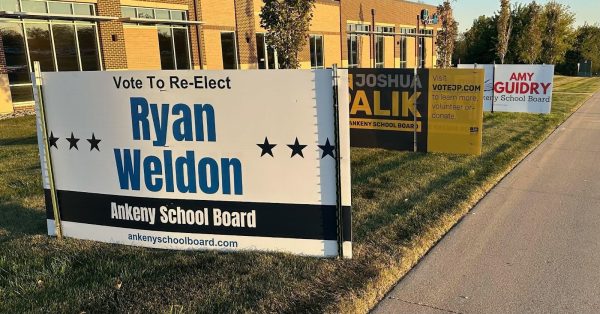

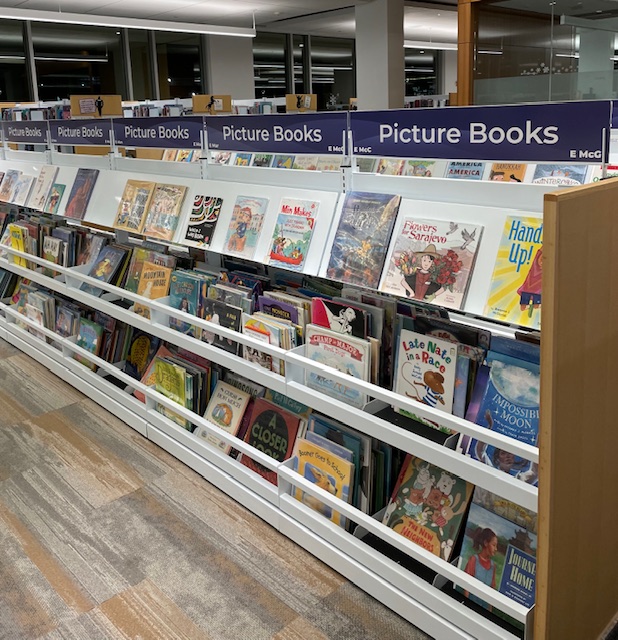




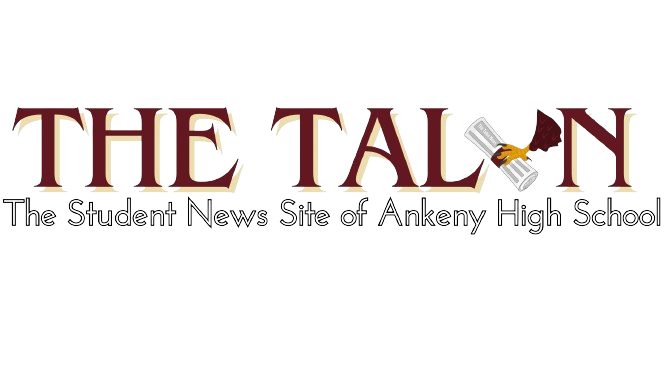
J. • Dec 6, 2023 at 8:04 pm
Very good article!